The steaming cup of coffee resting on the bar counter, its aroma inebriating and igniting the senses even before the hot sip stimulates the taste buds. It is the result of a long journey that takes the seeds of a “red cherry” through roasting and then blending to end up in our cups. And it is precisely from the long and methodical process that the thousand flavors that adapt to our palate are born. Here are 5 curiosities you need to know
One hundred plants, but only three are useful
Of approximately one hundred types of trees in the Coffea family, in reality only two are used: arabica and robusta. There is a third type calledLiberica, which is less appreciated. It is cultivated mainly in Indonesia, the Philippines and partially in Africa.
Arabica, the most widespread and expensive
The arabica plant (which represents approximately 70% of the coffee produced in the world) has production distributed above all in South America and East Africa. Native to the area between Kenya, Ethiopia, Sudan and Yemen, it is a cultivation that requires high altitude and great humidity. This characteristic greatly restricts the areas in which it can be grown and therefore affects the price per kilogram of the wholesale product. After roasting it presents a rather elongated grain, and a lower concentration of caffeine.
Be careful, the caffeine is also robust
The robusta species, on the other hand, is native to the western coast of Africa, between Guinea and Uganda and, as its name indicates, has lower requirements in terms of altitude and humidity. Sturdier bean, fewer chromosomes, only 22 compared to 44 in arabica, and a concentration of caffeine that reaches double that of the “competitor” arabica.
Only two types of origin coffee, how do you get so many variations?
Thanks to the endogenous factor, i.e. man who alters production processes to obtain different results. Starting from roasting, the process that transforms the green berry into the brown bean. At any temperature between 150 and 230 degrees, the bean will undergo chemical transformations that will allow it to express different scents and aromas.
Up to 700 aromas and flavors are formed during roasting
Then there is the nose and palate of the “coffee sommelier”, the master roaster and blender, who will mix several coffees of different origins to accentuate one or another characteristic, from the hint of vanilla or caramel to the stronger one of ” burnt and bitter.” During roasting, starting from 160 degrees, in addition to carbon dioxide, more than 700 volatile substances are formed which give rise to aromas and flavours.
Source: Io Donna





